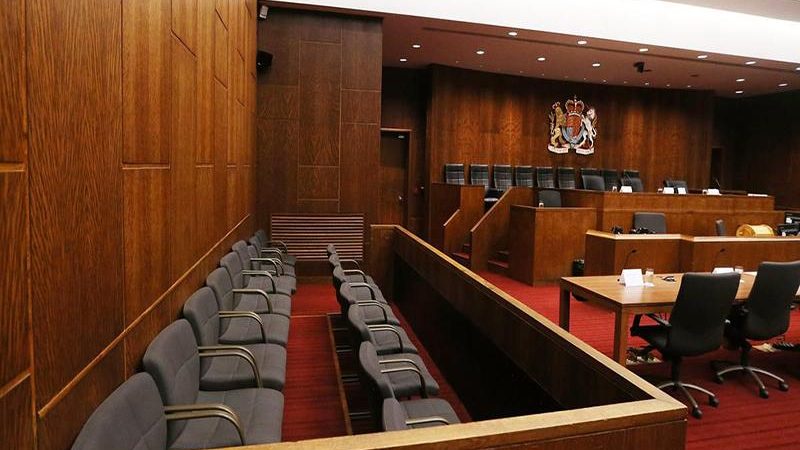IRCC’s Chinook Program: Winds of Change
Learn of the debate surrounding a new IRCC operational procedure Immigration, Refugees and Citizenship Canada (IRCC) is the government department that facilitates immigration to Canada and Canadian refugee claims. Some immigration officers use a computer program known as ‘Chinook’ to generate a final decision and reasons more quickly and in a different manner than was done previously. The program was developed in March 2018 by immigration officers and personnel who had a computer science background. It was developed entirely in-house meaning it was created within the organization with no outside help. The reason for developing the program appears to have…
Read More









